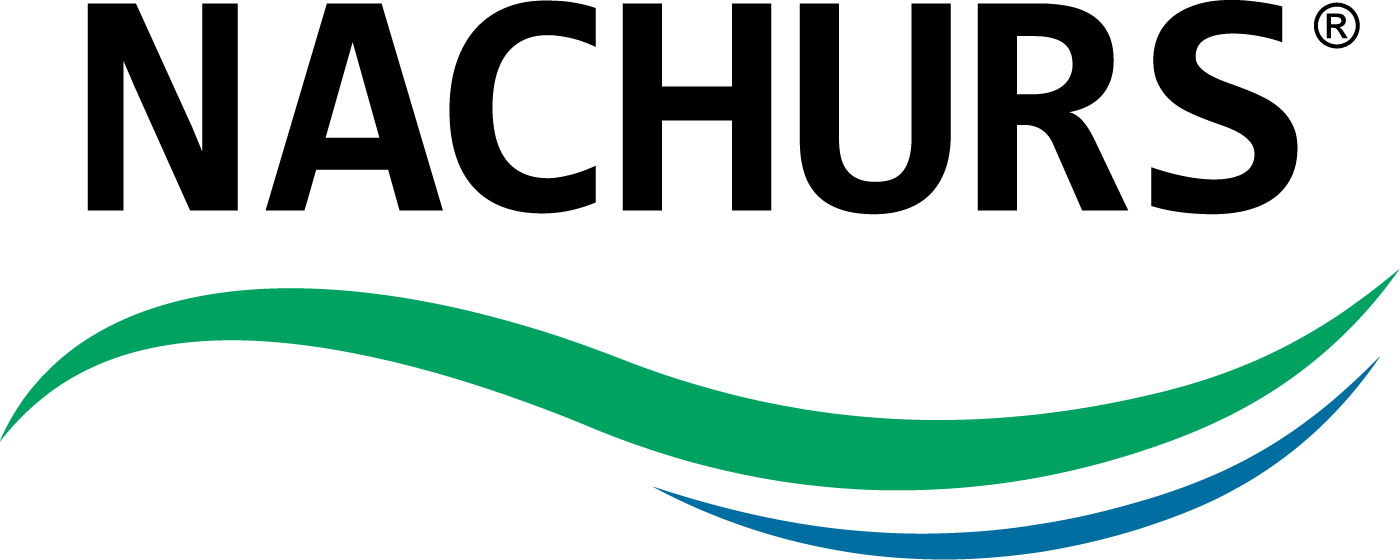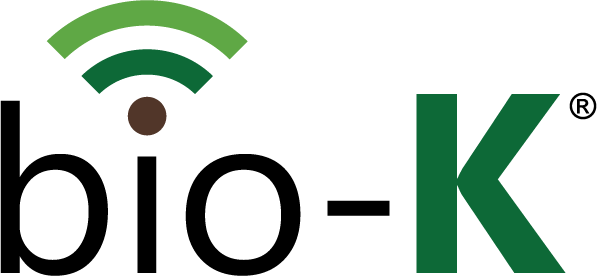Getting our ducks in a row...
As fall harvest begins we often get caught up in the day to day job of combining, hauling grain, and repairing break downs. We often forget about the opportunities that we have on our crop nutrition inputs for the next year‘s crop. As we know, some of our largest discounts for next year’s crop inputs can be obtained during this time. The majority of crop nutrition inputs are purchased in the spring due to many reasons: we want to wait and see how this year‘s crop yields, tax reasons, and line of credit reasons. We need to keep in mind that retail agriculture has very aggressive pricing strategies right now for those growers that are willing to secure in orders for the upcoming year. There are several advantages for committing to or paying for your next year’s crop nutrition inputs during this time. Here are a few advantages for securing next year’s crop nutritional needs: Financial advantage with aggressive fall pricing Removing the demand from the spring bottleneck (this includes taking possession of your product); this will ease spring logistics Securing the volatility of your NPK supply and demand So if we take the time during this fall when we have our little breaks in between harvesting and we sit down to put a pencil to paper and try to get our inputs lined up for next year this will ease the stress of spring when it comes around. As a NACHURS agronomist I promote these actions of early planning as this allows us greater time to focus on crop nutrition: what happened last year, what happened this year, and what we are going to change for the upcoming year. Your NACHURS team has already begun to prepare for next year’s crop by offering the latest in crop nutrition technology, utilizing the most efficient sources of plant available nutrients. I would like to showcase some of the latest additions to our product lineup: Click here to learn about NACHURS K-fuse Click here to learn about NACHURS CropMax
As fall harvest begins we often get caught up in the day to day job of combining, hauling grain, and repairing break downs. We often forget about the opportunities that we have on our crop nutrition inputs for the next year‘s crop. As we know, some of our largest discounts for next year’s crop inputs can be obtained during this time. The majority of crop nutrition inputs are purchased in the spring due to many reasons: we want to wait and see how this year‘s crop yields, tax reasons, and line of credit reasons. We need to keep in mind that retail agriculture has very aggressive pricing strategies right now for those growers that are willing to secure in orders for the upcoming year.
There are several advantages for committing to or paying for your next year’s crop nutrition inputs during this time. Here are a few advantages for securing next year’s crop nutritional needs:
- Financial advantage with aggressive fall pricing
- Removing the demand from the spring bottleneck (this includes taking possession of your product); this will ease spring logistics
- Securing the volatility of your NPK supply and demand
So if we take the time during this fall when we have our little breaks in between harvesting and we sit down to put a pencil to paper and try to get our inputs lined up for next year this will ease the stress of spring when it comes around. As a NACHURS agronomist I promote these actions of early planning as this allows us greater time to focus on crop nutrition: what happened last year, what happened this year, and what we are going to change for the upcoming year.
Your NACHURS team has already begun to prepare for next year’s crop by offering the latest in crop nutrition technology, utilizing the most efficient sources of plant available nutrients. I would like to showcase some of the latest additions to our product lineup:












